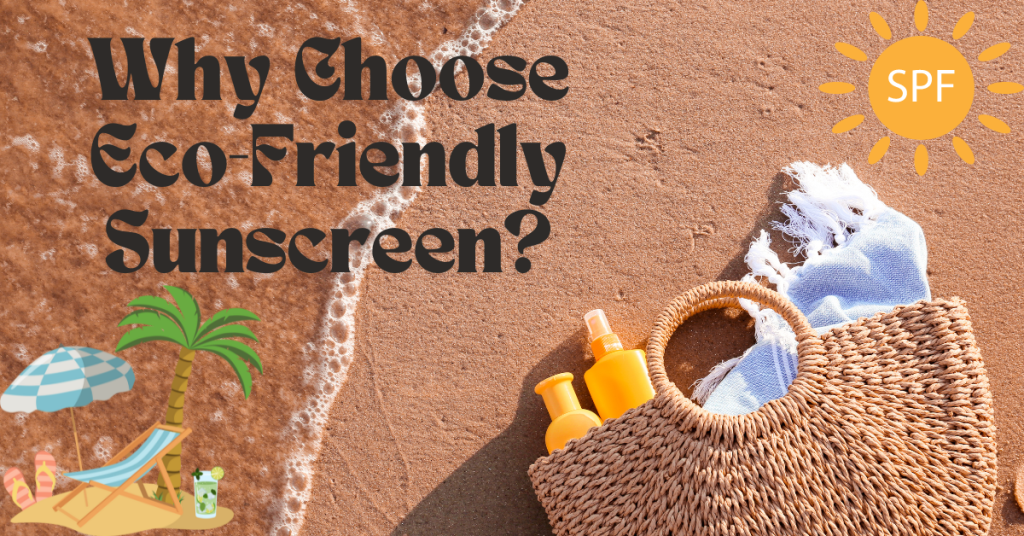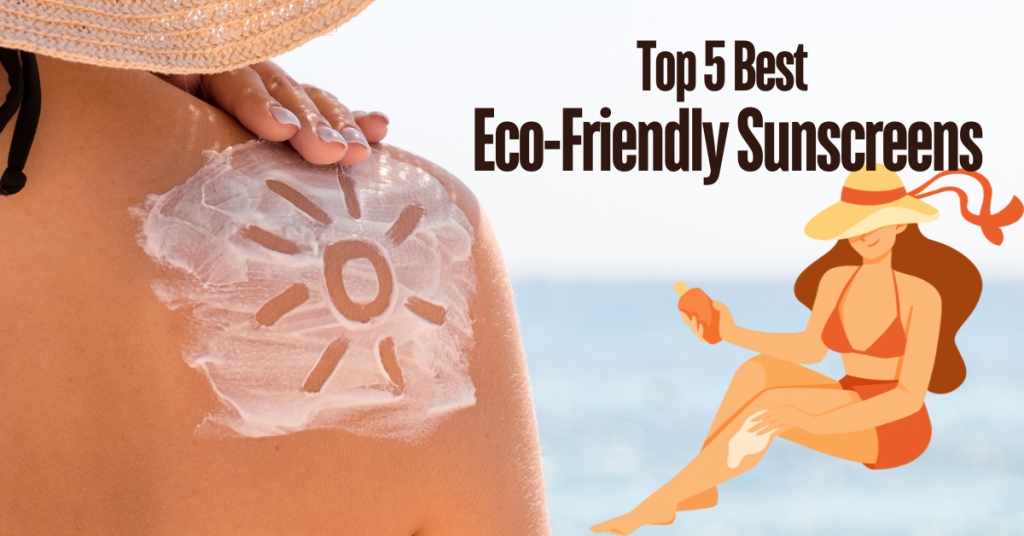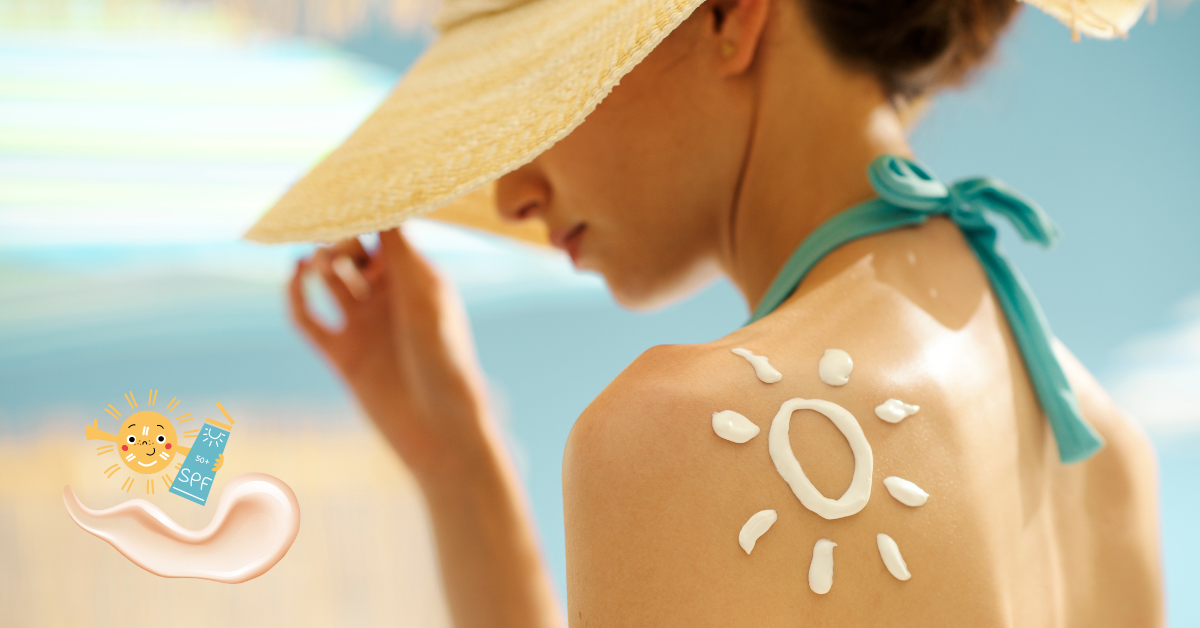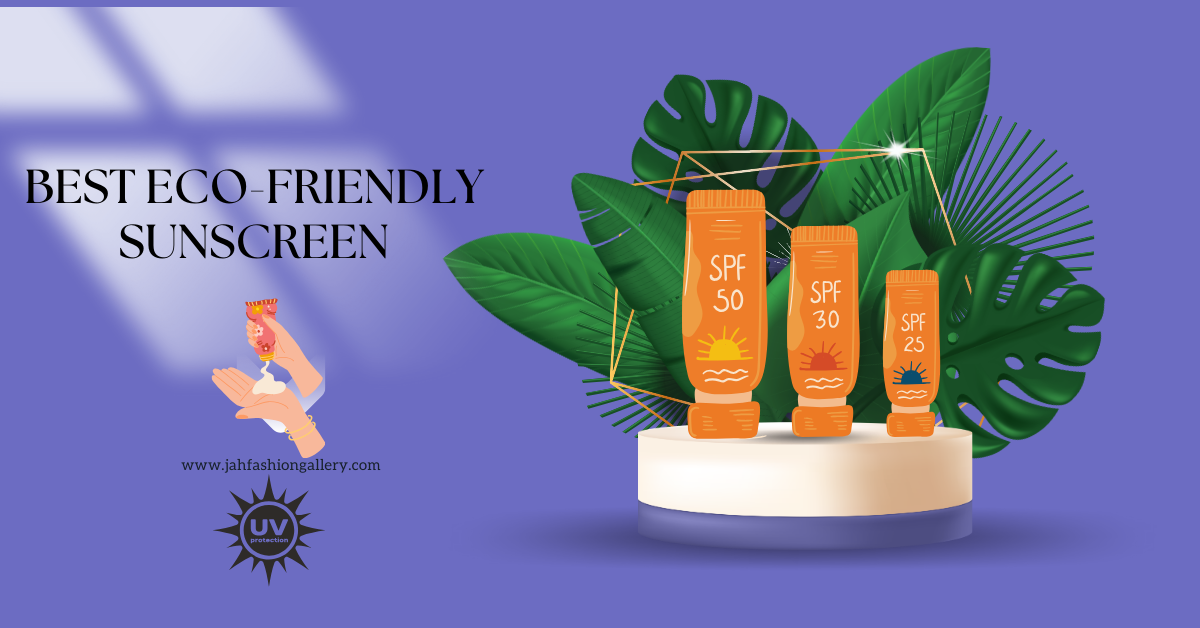Best Eco-Friendly Sunscreen: Your Guide to Sustainable Sun Protection
In today’s world, protecting your skin from the sun’s harmful UV rays is non-negotiable. But as we become more conscious of how our daily choices impact the environment, finding the best eco-friendly sunscreen is more important than ever. Traditional sunscreens can be packed with harmful chemicals and packaged in unsustainable materials. Thankfully, there’s a growing market of sunscreens that are not only safe for your skin but also kind to the planet.
This guide will walk you through the importance of eco-friendly sunscreens, the ingredients to avoid, and the top sustainable options available.
Why Choose Eco-Friendly Sunscreen?
1. Protecting Marine Life
One of the biggest reasons to choose eco-friendly sunscreens is the impact traditional sunscreens have on marine life, particularly coral reefs. Research has shown that certain chemicals in conventional sunscreens, like oxybenzone and octinoxate, contribute to coral bleaching. When you swim in the ocean with sunscreen on, these chemicals can wash off your skin and harm the delicate marine ecosystems.

2. Reducing Chemical Exposure
Many mainstream sunscreens contain synthetic ingredients that can be harmful not only to marine life but also to your health. Chemicals like oxybenzone and octocrylene are often absorbed into the skin, potentially disrupting hormones. Eco-friendly sunscreens typically rely on safer, natural ingredients like zinc oxide and titanium dioxide, which offer broad-spectrum protection without the risks associated with chemical-based sunscreens.
3. Supporting Sustainable Packaging
Eco-friendly sunscreens often come in recyclable, biodegradable, or plastic-free packaging, helping reduce plastic waste. With millions of tons of plastic polluting our oceans, supporting brands that prioritize sustainable packaging can make a significant difference.
Ingredients to Avoid in Sunscreens
When searching for the best eco-friendly sunscreen, it’s crucial to know what ingredients to avoid:
- Oxybenzone: This chemical is one of the most damaging to coral reefs and has been linked to endocrine disruption in humans.
- Octinoxate: Another harmful chemical that can cause coral bleaching.
- Parabens: These preservatives are known to interfere with hormone function.
- Synthetic fragrances: Often used in sunscreens, these can irritate the skin and cause allergic reactions.
- Retinyl Palmitate: A form of vitamin A, this ingredient can increase skin sensitivity to sunlight and potentially lead to skin damage.
What to Look for in Eco-Friendly Sunscreen
Now that you know what to avoid, let’s look at what makes a sunscreen eco-friendly and effective.
- Mineral-Based Ingredients: Eco-friendly sunscreens often use mineral-based active ingredients like zinc oxide or titanium dioxide. These provide physical protection by reflecting UV rays off your skin, making them a safer choice for both humans and the environment.
- Reef-Safe Certification: Look for sunscreens labeled as “reef-safe” or “ocean-friendly.” This means they do not contain the harmful chemicals that damage coral reefs.
- Broad-Spectrum Protection: It’s essential to choose a sunscreen that protects against both UVA and UVB rays to prevent sunburn, premature aging, and skin cancer.
- Sustainable Packaging: Many eco-friendly brands offer sunscreens in recyclable or biodegradable packaging, helping to reduce plastic pollution.
- Cruelty-Free and Vegan: Eco-conscious sunscreens should also align with ethical practices, ensuring that no animals were harmed during testing and that the product does not contain animal-derived ingredients.
Top 5 Best Eco-Friendly Sunscreens
To make your search easier, here’s a list of the best eco-friendly sunscreens that offer effective protection while being kind to the environment.

1. All Good Sport Sunscreen SPF 30
Why It’s Great: This reef-safe sunscreen is formulated with non-nano zinc oxide, which provides broad-spectrum protection. It’s water-resistant for up to 80 minutes, making it perfect for outdoor activities. The packaging is made from recycled materials, and the formula is biodegradable.
Eco Features:
- Non-nano zinc oxide
- Reef-safe
- Biodegradable formula
- Recyclable packaging
2. Raw Elements Face + Body SPF 30
Why It’s Great: Raw Elements offers a sunscreen that’s not only eco-friendly but also moisturizing. The ingredients are certified organic, and the packaging is plastic-free, using a tin that can be reused or recycled. It’s safe for coral reefs and suitable for all skin types.
Eco Features:
- Plastic-free packaging
- Organic ingredients
- Reef-safe
- Water-resistant
3. Badger SPF 35 Clear Zinc Sunscreen
Why It’s Great: Badger’s clear zinc sunscreen provides strong protection without leaving a white cast on your skin. It’s made from organic ingredients and is cruelty-free, reef-friendly, and packaged in a recyclable tube. This sunscreen is also rich in antioxidants, thanks to its inclusion of sunflower oil and beeswax.
Eco Features:
- Clear zinc oxide
- Organic and biodegradable ingredients
- Reef-safe
- Recyclable packaging
4. Ethique Zinc Stick SPF 50
Why It’s Great: Ethique’s zinc stick is a solid sunscreen that comes in compostable packaging, making it completely plastic-free. It’s designed for sensitive areas like the face, nose, and shoulders and is ideal for those with sensitive skin. This sunscreen is vegan and cruelty-free.
Eco Features:
- Compostable packaging
- Vegan and cruelty-free
- Reef-safe
- Suitable for sensitive skin
5. Babo Botanicals Sheer Zinc Sunscreen SPF 30
Why It’s Great: Babo Botanicals offers a lightweight, fragrance-free sunscreen that’s perfect for sensitive skin. It’s made with 100% non-nano zinc oxide and is enriched with organic oils like jojoba and avocado to keep your skin hydrated. It’s also reef-friendly and free from harmful chemicals.
Eco Features:
- Non-nano zinc oxide
- Organic oils for hydration
- Reef-safe
- Fragrance-free and hypoallergenic
How to Properly Apply Eco-Friendly Sunscreen
To get the most out of your eco-friendly sunscreen, it’s important to apply it correctly:
- Apply Generously: Use about a shot glass full of sunscreen to cover your entire body.
- Don’t Forget Key Areas: Make sure to apply sunscreen to often-missed spots like the back of your neck, ears, and the tops of your feet.
- Reapply Frequently: Reapply every two hours, especially after swimming or sweating.
- Use Sunscreen Every Day: Even on cloudy days, UV rays can penetrate the clouds, so make sunscreen a daily habit.
Final Thoughts on the Best Eco-Friendly Sunscreen
Switching to eco-friendly sunscreen is a small change that can have a big impact on the environment. By choosing sunscreens made with natural ingredients, reef-safe formulas, and sustainable packaging, you’re helping protect both your skin and the planet.
The best eco-friendly sunscreens provide the same, if not better, protection than conventional sunscreens, without the harmful side effects on marine life and your health. Whether you’re hitting the beach, going for a hike, or just running errands, making the switch to an eco-friendly option is a smart and sustainable choice for sun protection.
Conclusion
Choosing the best eco-friendly sunscreen is not just about protecting your skin—it’s about making a responsible, sustainable decision for the planet. With harmful chemicals like oxybenzone and octinoxate threatening marine life and plastic packaging polluting the oceans, switching to reef-safe, biodegradable sunscreens with natural ingredients is a step toward a healthier future for both humans and the environment. By opting for sunscreens that use mineral-based filters like zinc oxide and come in sustainable packaging, you’re ensuring that your sun protection routine leaves a minimal footprint. So, next time you reach for sunscreen, make it eco-friendly and feel good knowing you’re making a difference!
Yes, eco-friendly sunscreens, especially those with mineral-based ingredients like zinc oxide or titanium dioxide, provide effective broad-spectrum protection from UVA and UVB rays.
Absolutely! In fact, many eco-friendly sunscreens are specifically formulated for sensitive skin as they avoid harsh chemicals and artificial fragrances.
Non-nano zinc oxide refers to zinc oxide particles that are large enough to not penetrate the skin. This makes it safer for both your health and the environment.
By making mindful choices with eco-friendly sunscreens, you’re ensuring that both your skin and the planet are protected, making every sunny day a win for sustainability!




